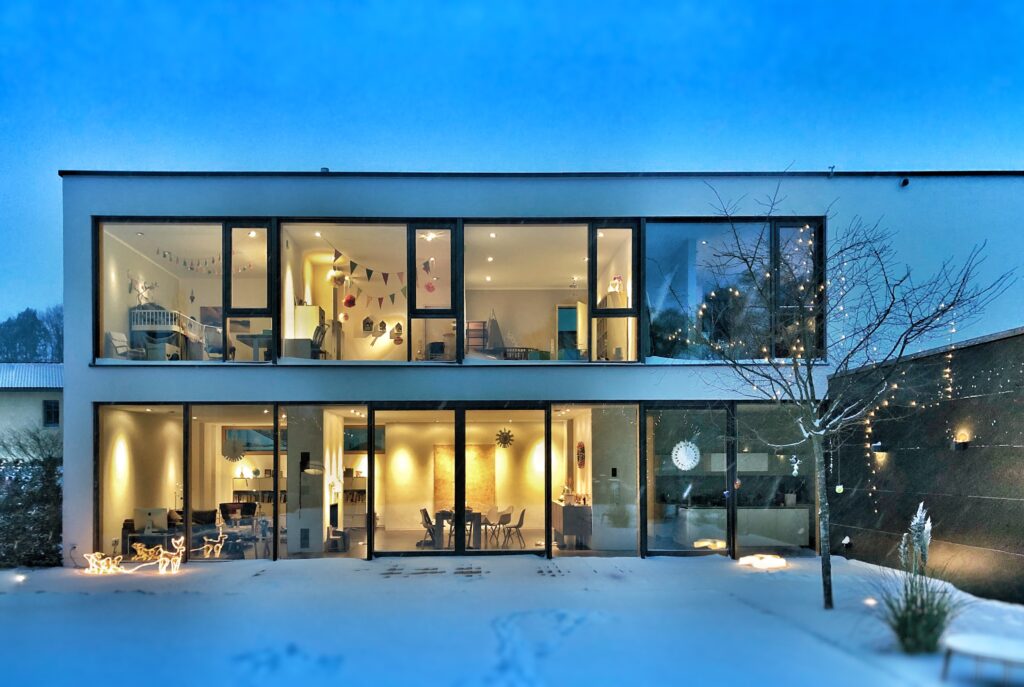Is It Worth Sealing Your Home With AeroBarrier
No matter how old or new your building is, it can fall victim to leaky envelopes. In other words, air seal continues to be a challenge to face to optimize the energy footprint.
Air infiltrates the tiniest gaps on the roof, subfloor, exterior doors, walls, and other areas. Air infiltration corresponds to increased reliance on heating and cooling equipment.
Although there exist several methods of sealing house leaks, most of them are inefficient. It takes a ton of effort to finish one job, yet contractors usually do not meet the tightness standards.
Aerobarrier offers by far the most comprehensive air sealing solution. The process is doubly efficient and exceeds the envelope sealing standards.
Instead of a conventional manual application, Aerobarrier focus in the interior to seal all building envelope leaks and gaps measuring up to half an inch.
Then, it’s a waterborne acrylic sealant which uses pressure and spraying method to cover unreachable parts of the building.
Sealing a house with Aerobarrier
Sealing a house with Aerobarrier requires a pressurized space. The contractor creates the ideal pressurized room before spraying the sealant. Aerobarrier has a self-guiding property, so there’s no need to pack the gap with a standard sealant manually.
Once it’s released into the pressurized indoor atmosphere, it finds its way to the edges of both visible and invisible leaks, where it creates the seal. The tiny particles accumulate across the surface of the gaps, eventually sealing them.
In most scenarios, Aerobarrier installation takes from one up to three hours, depending on the size of the building and other external factors.
The sealant dries before the completion of a building or house construction. Hence, it doesn’t disrupt or causes any delay on the schedule.
Local builders and contractors have nothing but praise for Aerobarrier, especially with the real-time measurement of envelope leaks.
The system is designed to meet highly specific standards (requirements) for air leakage, which is why results are always guaranteed.
How Aerobarrier Works
The first step consists of blocking (covering) all openings in the room that will not use Aerobarrier sealant. Local contractors have their way of covering the openings, depending on what they think is the most efficient.
The idea is to cover designed openings and finished horizontal surfaces before setting up the emitters for air sealing.
After covering the openings, the equipment enters the room; it’s made up of the blower door, hoses, emitters, and the Aerobarrier device.
The only way to pressurize an interior space is to use a blower door. A computer controls the process. Without the computer, there’ no way to monitor temperature, humidity, and pressure.
It also controls the sealant distribution. Pressurizing the room is a necessary step for Aerobarrier to work its magic. Without it, the sealant won’t work.
Aerobarrier represents the modern take on air sealing. Its significant advantage to conventional air sealing is that results are given in real-time.
With the sophisticated technology, the contractor comes up with a highly specific level of airtightness. Results come in simultaneously, so it’s easy to adjust. Once air sealing is finished in a couple of hours, a blower door test is performed to verify the results.
Part of the Aerobarrier service is printing out a certificate of completion which details pre and post leakage results.
Cleanup follows right after the completion of air sealing with Aerobarrier. Unlike the usual method, cleaning up the area is manageable in under an hour.
It means that other aspects of the construction resume in no time. The clean up includes removing the equipment, coverings, and tape. That’s about it – there are no visible debris or damaged parts.

